Home>Gardening & Outdoor>Landscaping Ideas>What Does Artificial Grass Look Like
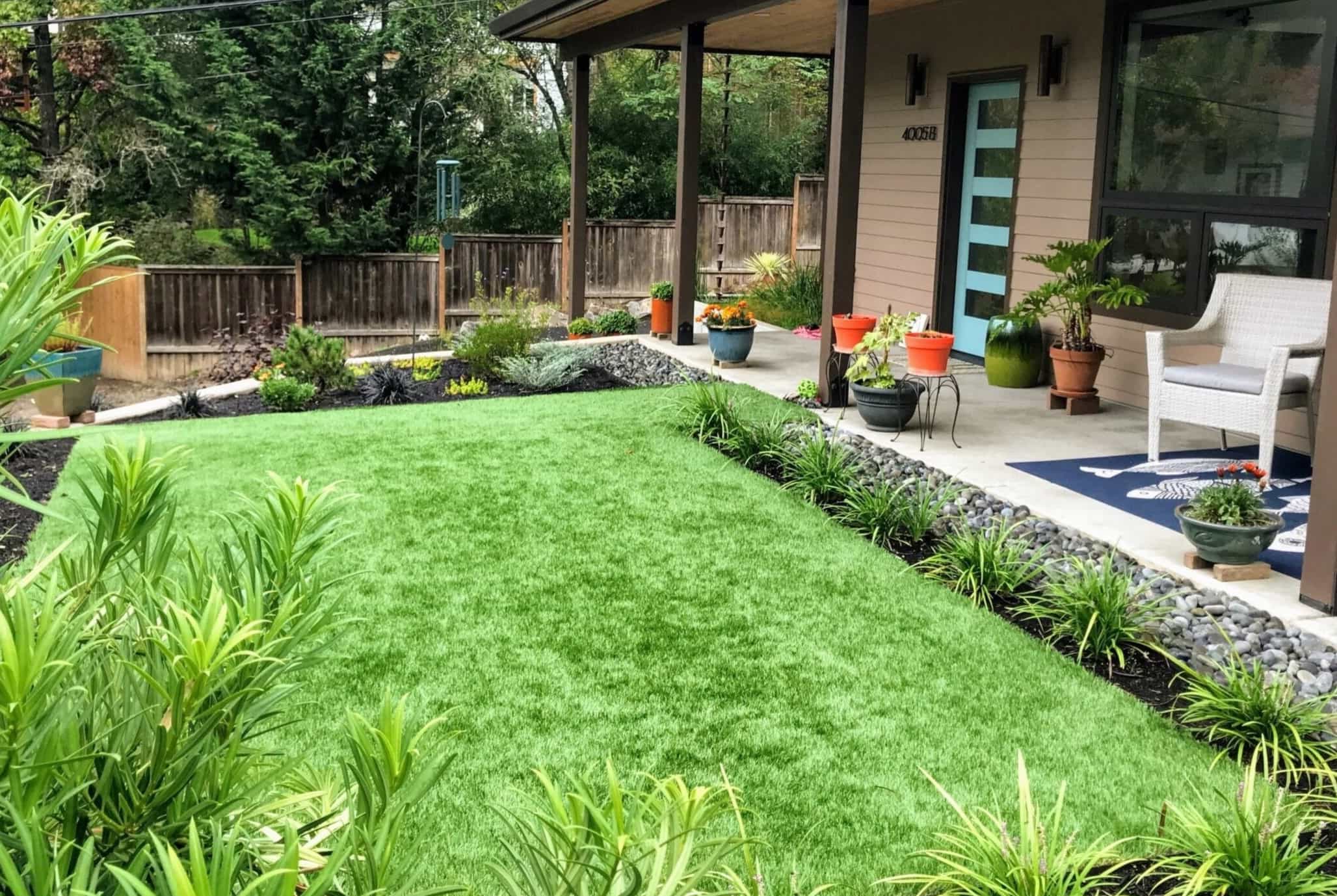

Landscaping Ideas
What Does Artificial Grass Look Like
Modified: February 18, 2024
Discover how artificial grass can transform your landscaping with realistic looks and low maintenance. Explore landscaping ideas with artificial grass today!
(Many of the links in this article redirect to a specific reviewed product. Your purchase of these products through affiliate links helps to generate commission for Storables.com, at no extra cost. Learn more)
Introduction
Artificial grass has become an increasingly popular choice for landscaping due to its low maintenance and evergreen appeal. As more homeowners and businesses seek to create lush, green spaces without the hassle of natural grass, the demand for artificial grass has surged. This innovative alternative offers a range of benefits, from cost-effectiveness to environmental sustainability, making it a compelling option for those seeking a vibrant, low-maintenance lawn solution.
In this article, we will delve into the characteristics, types, and appearance of artificial grass, exploring the factors that influence its visual appeal. Additionally, we will uncover the myriad benefits of opting for artificial grass, shedding light on why it has become a preferred choice for countless individuals and organizations. By the end of this journey, you will gain a comprehensive understanding of what artificial grass looks like and why it has garnered widespread acclaim in the realm of landscaping.
Key Takeaways:
- Artificial grass offers a low-maintenance, evergreen landscaping solution with vibrant green hues and customizable aesthetics, making it a practical and visually appealing choice for homes and businesses.
- With its durability, UV resistance, and water efficiency, artificial grass provides a realistic, lush appearance year-round, while requiring minimal upkeep and contributing to environmental sustainability.
Read more: What Does Wiggle Infill Look Like
Characteristics of Artificial Grass
Artificial grass, also known as synthetic turf, is crafted from advanced materials designed to replicate the look and feel of natural grass. One of its key characteristics is its durability, as it is constructed to withstand various weather conditions and heavy foot traffic without losing its vibrant appearance. Additionally, artificial grass is engineered to be UV-resistant, ensuring that it retains its lush green hue even in the face of prolonged sun exposure.
Another defining feature of artificial grass is its low maintenance nature. Unlike natural grass, which requires regular mowing, watering, and fertilizing, synthetic turf demands minimal upkeep. This makes it an ideal choice for individuals seeking a hassle-free landscaping solution that remains visually appealing year-round.
Furthermore, artificial grass is designed to be water-efficient, as it eliminates the need for constant watering. This aspect not only contributes to water conservation efforts but also reduces water bills, making it an eco-friendly and cost-effective choice for both residential and commercial landscapes.
Moreover, synthetic turf is available in a variety of pile heights and blade shapes, allowing for customization to suit specific aesthetic preferences. Whether one desires a soft, plush surface or a more structured, manicured appearance, artificial grass offers a range of options to cater to diverse landscaping visions.
These characteristics collectively position artificial grass as a versatile and sustainable landscaping solution, offering durability, low maintenance, water efficiency, and customizable aesthetics.
Types of Artificial Grass
Artificial grass comes in various types, each designed to cater to specific needs and preferences. Understanding the distinctions between these types can help individuals make informed decisions when selecting the most suitable option for their landscaping projects.
One common type is polyethylene artificial grass, renowned for its soft texture and natural appearance. This type of synthetic turf is often chosen for residential lawns, playgrounds, and landscaping areas where a realistic grass look is desired. Its softness and resilience make it an ideal choice for areas frequented by children and pets.
Another popular type is polypropylene artificial grass, which is recognized for its exceptional durability and resistance to heavy use. This type is often selected for sports fields, commercial landscapes, and high-traffic areas due to its robust nature and ability to maintain its appearance even under rigorous conditions.
Furthermore, nylon artificial grass stands out for its superior resilience and ability to spring back after being compressed, making it an excellent choice for areas with high foot traffic. Its strength and longevity make it a preferred option for athletic fields and other heavily utilized spaces.
Additionally, artificial grass is available in various colors and pile heights, allowing for customization to suit specific aesthetic preferences and landscaping requirements. Whether one seeks a vibrant green lawn or a more subdued, natural-looking surface, there are options to accommodate diverse visual preferences.
Understanding the diverse types of artificial grass empowers individuals to select the most fitting option for their unique landscaping needs, ensuring that their outdoor spaces are not only visually appealing but also tailored to withstand specific usage patterns and environmental conditions.
Appearance of Artificial Grass
Artificial grass is designed to closely mimic the appearance of natural grass, offering a lush and verdant aesthetic that enhances outdoor spaces. Its vibrant green color and soft texture create an inviting and visually appealing landscape, adding a touch of natural beauty to residential and commercial areas alike.
One of the key factors contributing to the lifelike appearance of artificial grass is its advanced manufacturing process, which involves intricately designed synthetic fibers that closely resemble natural grass blades. These fibers are carefully crafted to exhibit varying shades of green, along with realistic textures and patterns, resulting in a remarkably authentic look and feel.
Moreover, the pile height and density of artificial grass play a significant role in its appearance. Different pile heights offer distinct visual effects, with longer piles providing a plush, luxurious look akin to well-maintained natural grass, while shorter piles create a more manicured and tailored appearance. Additionally, the density of the grass blades contributes to the overall fullness and realism of the turf, further enhancing its visual appeal.
Furthermore, modern artificial grass is engineered to resist fading, ensuring that its vibrant green color remains intact even after prolonged exposure to sunlight. This UV resistance is a crucial feature that sustains the fresh and lively appearance of the grass, contributing to its long-lasting allure.
Artificial grass also offers a consistent appearance throughout the year, unaffected by seasonal changes or weather fluctuations. Its evergreen nature ensures that outdoor spaces maintain a lush and inviting ambiance regardless of the time of year, providing a reliable and enduring source of natural beauty.
Overall, the appearance of artificial grass is characterized by its striking resemblance to natural grass, coupled with the added benefits of consistent color, durability, and low maintenance, making it an appealing and practical choice for landscaping projects.
Artificial grass looks like real grass, but it is made of synthetic materials like plastic and rubber. It is often green and has a soft texture, but it doesn’t require mowing or watering.
Factors Affecting the Appearance of Artificial Grass
The visual appeal of artificial grass is influenced by several key factors that contribute to its overall appearance and longevity. Understanding these elements can help individuals make informed decisions when selecting and maintaining synthetic turf for their landscaping needs.
One crucial factor is the quality of the artificial grass fibers. High-quality synthetic turf is crafted from premium materials that closely mimic the look and feel of natural grass, ensuring a lifelike appearance and texture. The resilience and colorfastness of these fibers play a significant role in maintaining the vibrant and natural appearance of the grass over time.
Additionally, the installation process and the quality of the base and infill materials are pivotal in determining the visual impact of artificial grass. Proper installation techniques, including adequate base preparation and secure anchoring of the turf, contribute to a smooth and natural-looking surface. Furthermore, high-quality infill materials help maintain the stability and lushness of the grass, enhancing its overall appearance.
The maintenance and care practices employed also significantly affect the appearance of artificial grass. Regular grooming, such as brushing and raking the turf to redistribute the infill and prevent matting, helps uphold its aesthetic appeal. Additionally, promptly addressing any debris, stains, or pet waste on the turf ensures that its appearance remains pristine and inviting.
Environmental factors, such as exposure to sunlight and climate conditions, can impact the appearance of artificial grass. UV-resistant synthetic turf is designed to withstand prolonged sun exposure without fading, ensuring that its vibrant green color remains intact. Furthermore, proper drainage systems and adequate ventilation contribute to the longevity and visual appeal of the grass, preventing water accumulation and maintaining its lush appearance.
Lastly, the selection of the appropriate type and style of artificial grass based on the intended usage and aesthetic preferences is crucial in achieving the desired appearance. Tailoring the pile height, blade shape, and color to complement the surrounding landscape and architectural elements ensures a cohesive and visually pleasing result.
By considering these factors, individuals can optimize the appearance of artificial grass, ensuring that their outdoor spaces exude natural beauty and enduring charm, while requiring minimal maintenance and upkeep.
Read more: What Does Scabiosa Greenery Look Like
Benefits of Artificial Grass
Artificial grass offers a myriad of benefits that make it a compelling choice for residential, commercial, and recreational landscapes. From its low maintenance nature to its environmental sustainability, synthetic turf presents numerous advantages that have contributed to its widespread popularity.
One of the primary benefits of artificial grass is its minimal maintenance requirements. Unlike natural grass, which demands regular mowing, watering, and fertilizing, synthetic turf necessitates little upkeep, saving time and effort for homeowners and businesses. This low maintenance nature also translates to cost savings, as it eliminates the need for lawn care equipment, water consumption, and ongoing maintenance expenses.
Furthermore, artificial grass is highly durable and resilient, capable of withstanding heavy foot traffic, inclement weather, and prolonged use without losing its vibrant appearance. Its ability to maintain a lush and inviting aesthetic year-round makes it an ideal choice for high-traffic areas, playgrounds, sports fields, and commercial landscapes.
Environmental sustainability is another significant benefit of artificial grass. By eliminating the need for watering, synthetic turf contributes to water conservation efforts, reducing overall water consumption and supporting eco-friendly landscaping practices. Additionally, the absence of chemical pesticides and fertilizers in artificial grass maintenance further promotes environmental health and sustainability.
Artificial grass also offers versatility in design and application, allowing for creative landscaping solutions in various settings. Its customizable options, including different pile heights, blade shapes, and colors, enable individuals to tailor the appearance of their outdoor spaces to suit specific aesthetic preferences and functional requirements.
Moreover, synthetic turf provides a consistent and visually appealing landscape throughout the year, unaffected by seasonal changes or weather fluctuations. Its evergreen nature ensures that outdoor areas maintain a vibrant and inviting ambiance regardless of the time of year, enhancing the overall appeal of residential and commercial properties.
Overall, the numerous benefits of artificial grass, including low maintenance, durability, environmental sustainability, design versatility, and year-round visual appeal, position it as an attractive and practical landscaping solution for modern lifestyles and sustainable outdoor living.
Conclusion
Artificial grass, with its striking resemblance to natural grass and an array of practical benefits, has revolutionized the landscaping industry, offering a compelling alternative to traditional turf. Its lush appearance, durability, low maintenance requirements, and environmental sustainability have made it a sought-after choice for homeowners, businesses, and recreational spaces.
The characteristics of artificial grass, including its advanced materials, UV resistance, and water efficiency, underscore its versatility and suitability for diverse landscaping needs. Whether used in residential lawns, commercial properties, sports fields, or playgrounds, synthetic turf offers enduring visual appeal and functionality.
Understanding the types of artificial grass and the factors influencing its appearance empowers individuals to make informed decisions when selecting the most fitting option for their outdoor spaces. The customization options available, including varying pile heights, blade shapes, and colors, provide flexibility in achieving specific aesthetic visions.
Moreover, the benefits of artificial grass, such as minimal maintenance, durability, environmental sustainability, design versatility, and year-round visual appeal, underscore its value as a practical and eco-conscious landscaping solution. By opting for artificial grass, individuals can create vibrant, evergreen outdoor spaces while contributing to water conservation efforts and reducing maintenance costs.
In conclusion, the appeal of artificial grass lies not only in its lifelike appearance but also in its ability to enhance outdoor environments with minimal upkeep and long-lasting allure. As the demand for sustainable and visually captivating landscaping solutions continues to grow, artificial grass stands out as a compelling choice, offering a seamless blend of natural beauty and practicality for modern living.
Frequently Asked Questions about What Does Artificial Grass Look Like
Was this page helpful?
At Storables.com, we guarantee accurate and reliable information. Our content, validated by Expert Board Contributors, is crafted following stringent Editorial Policies. We're committed to providing you with well-researched, expert-backed insights for all your informational needs.
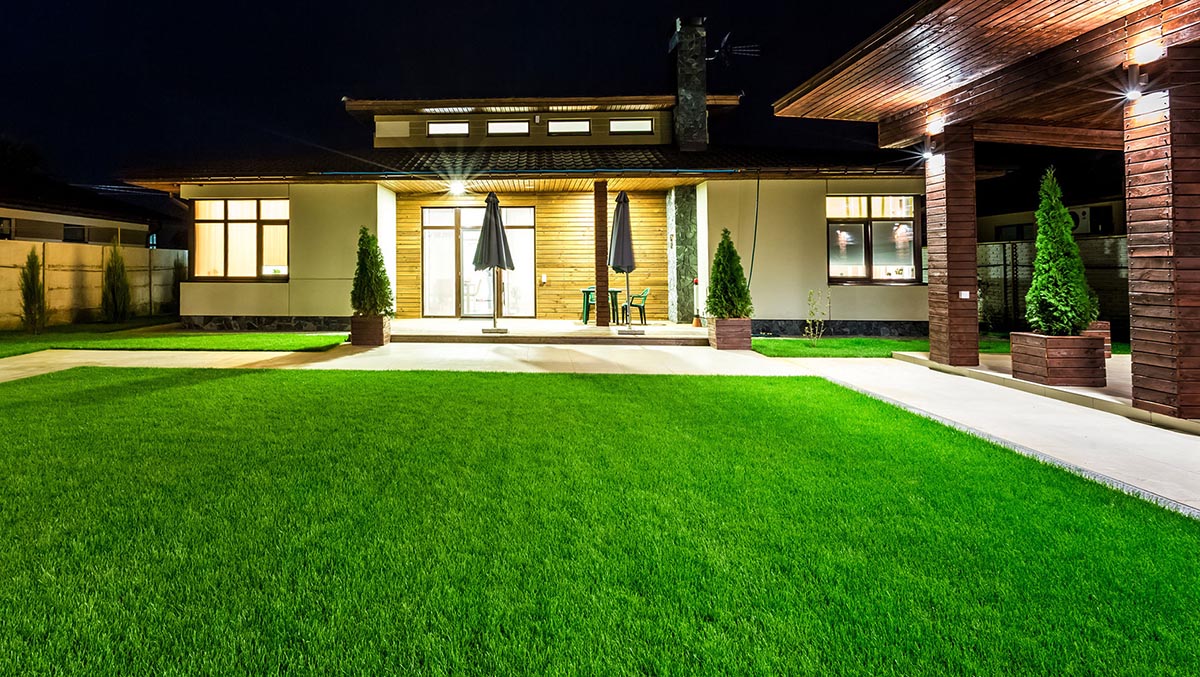
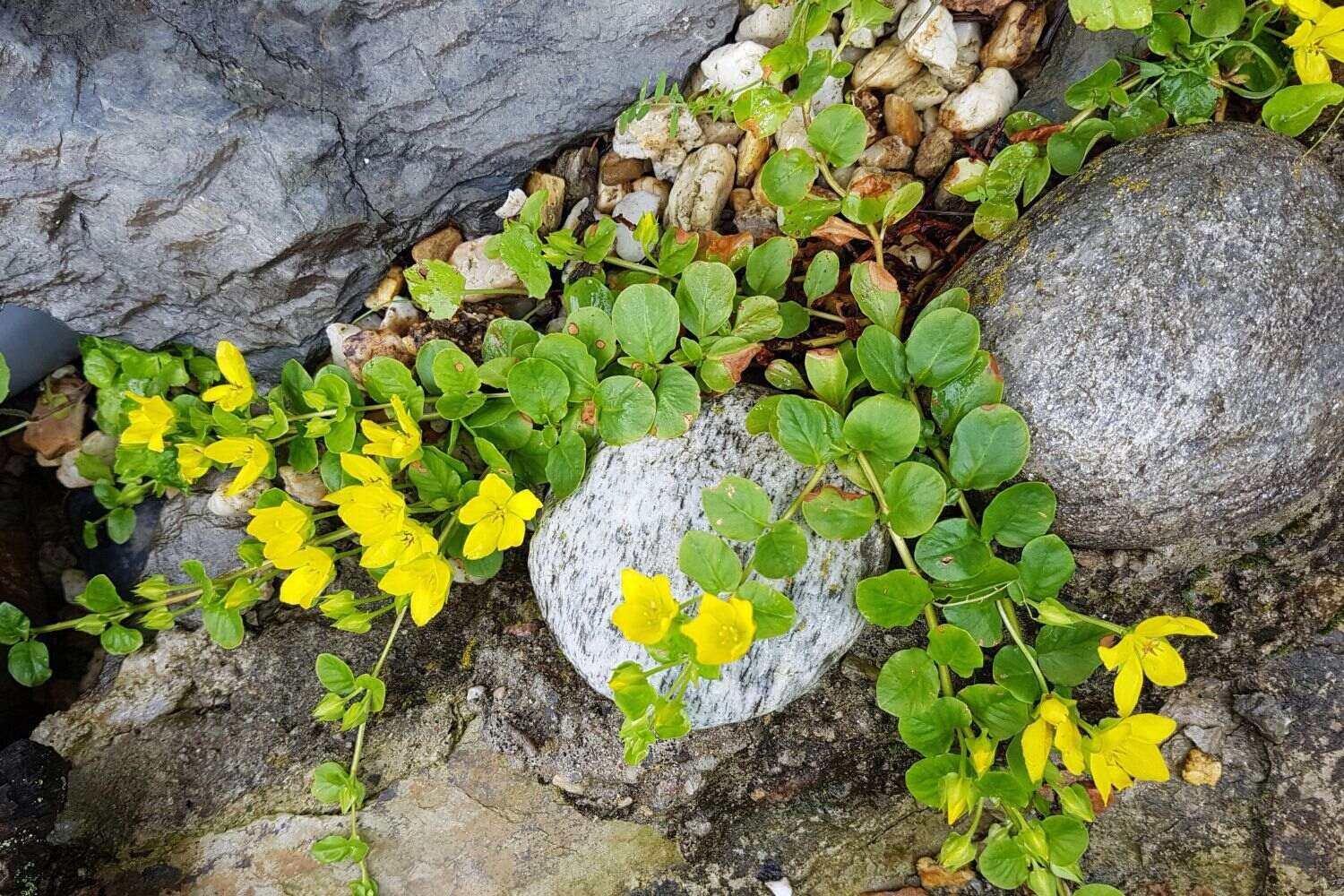


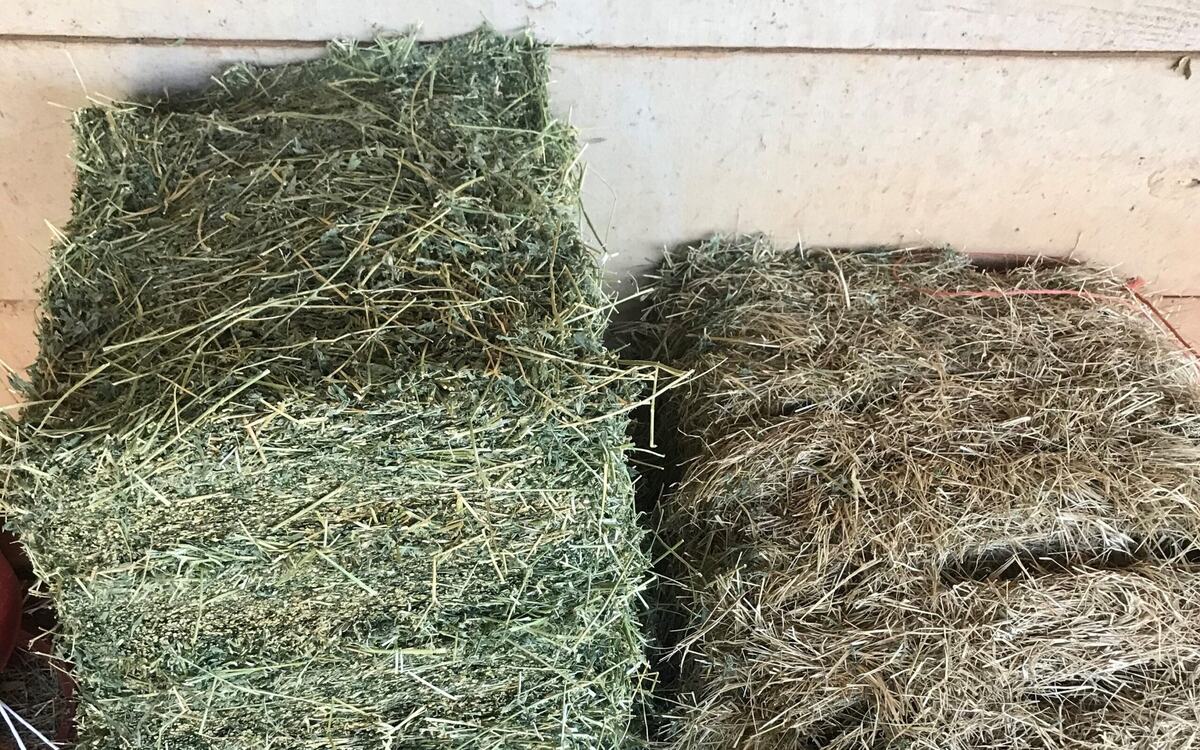
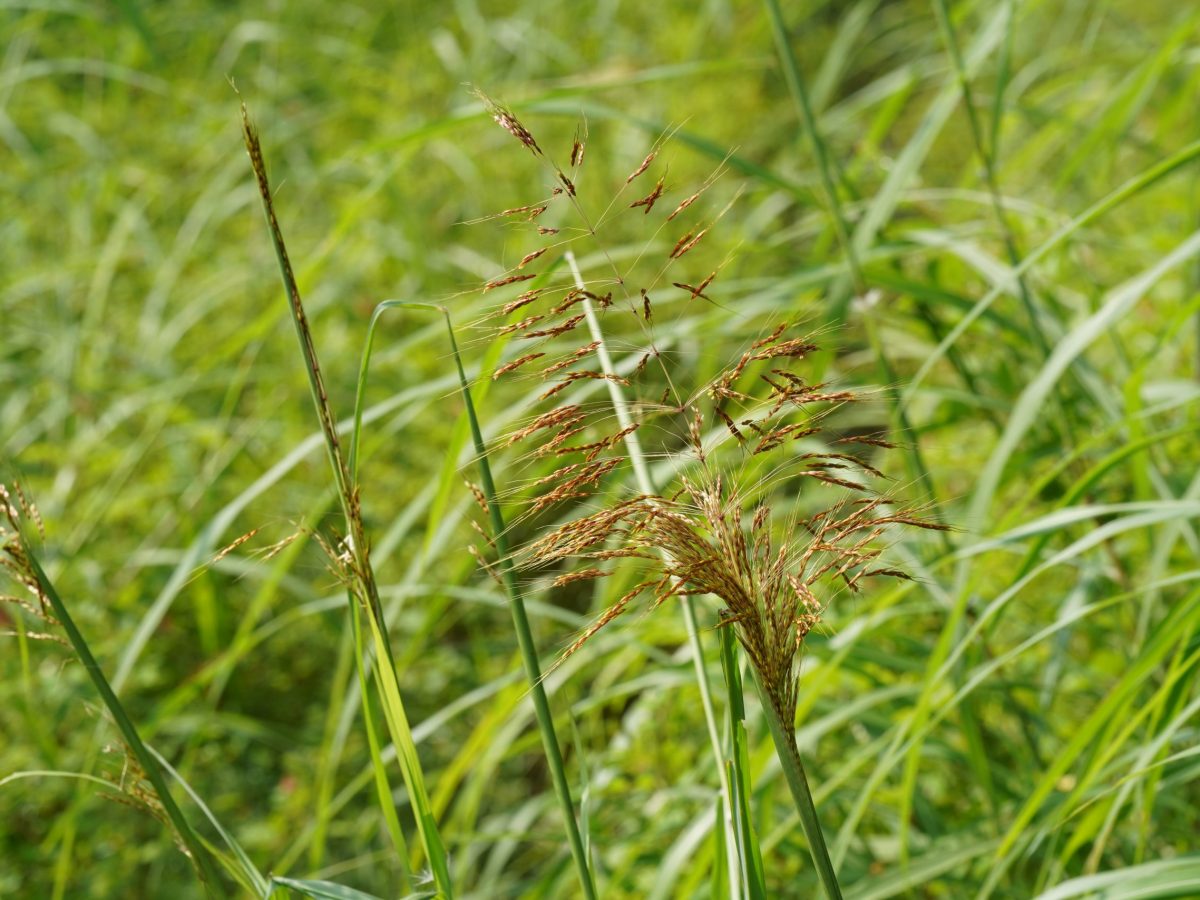
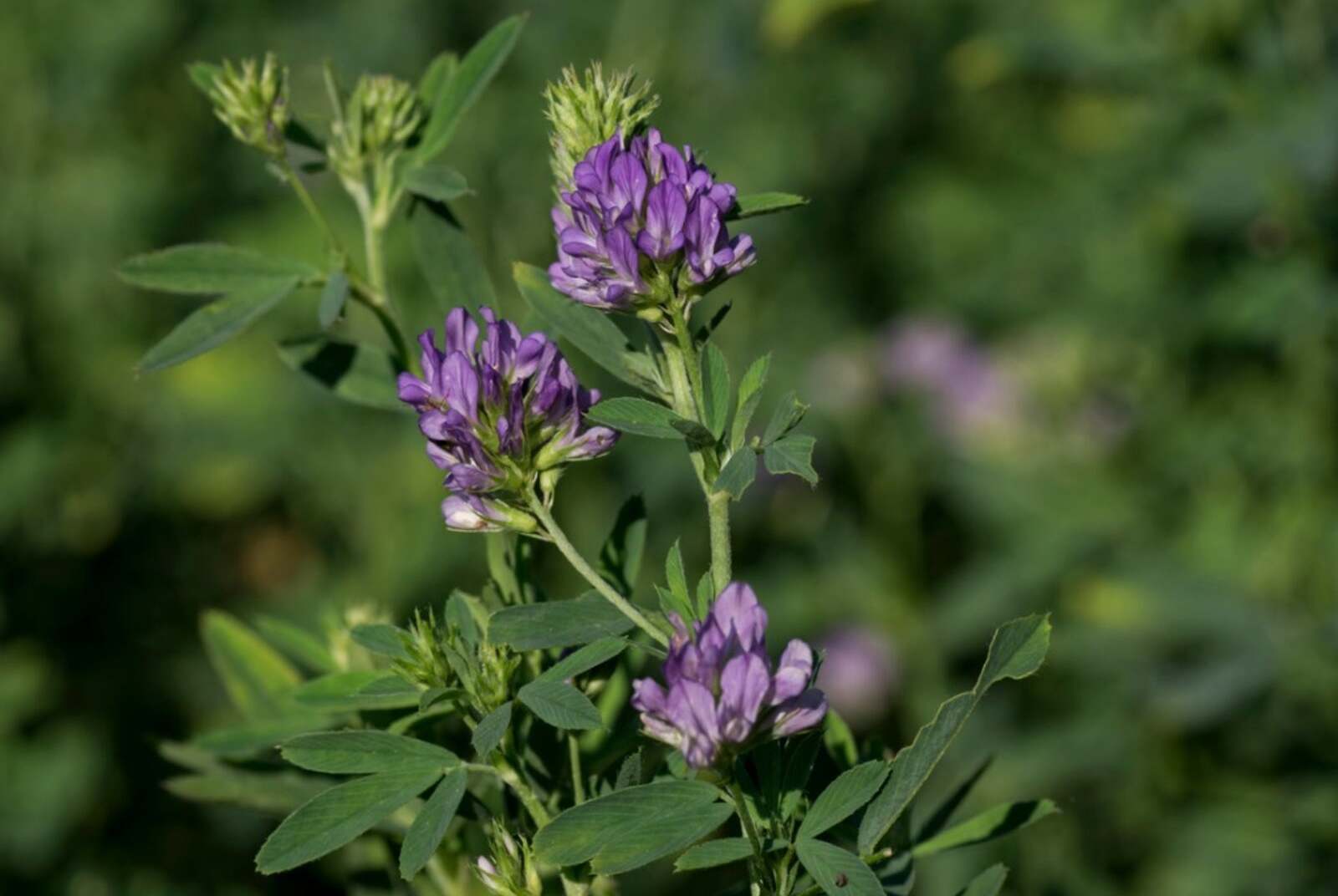
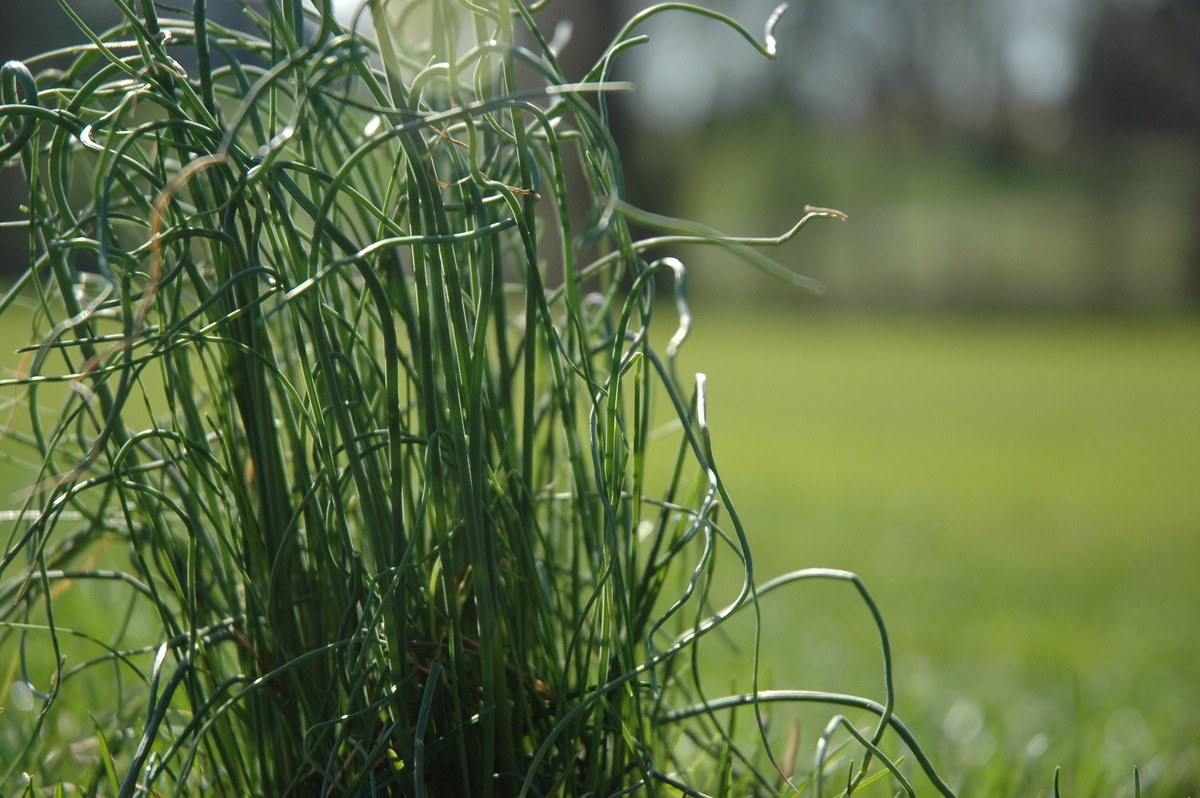
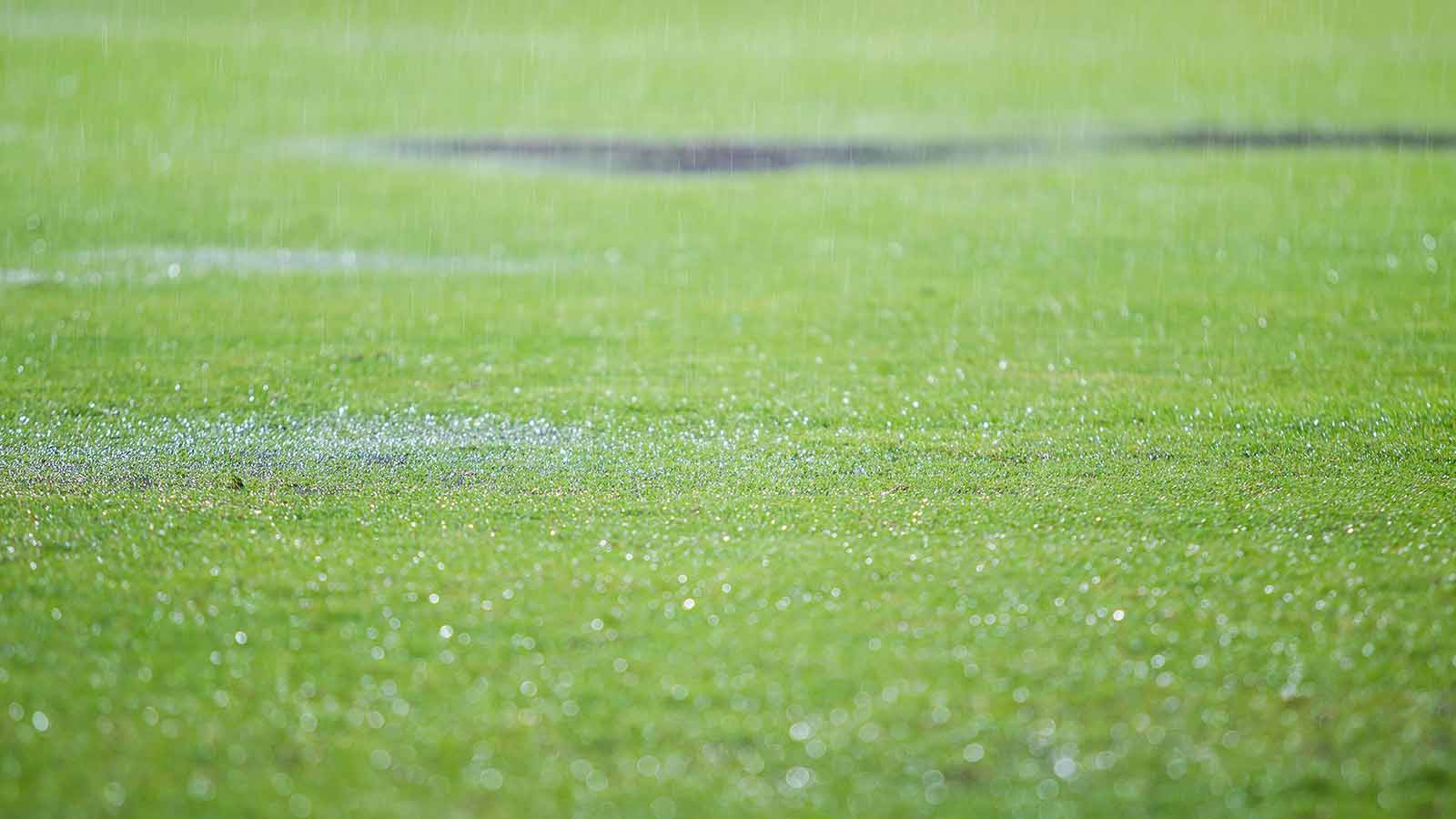
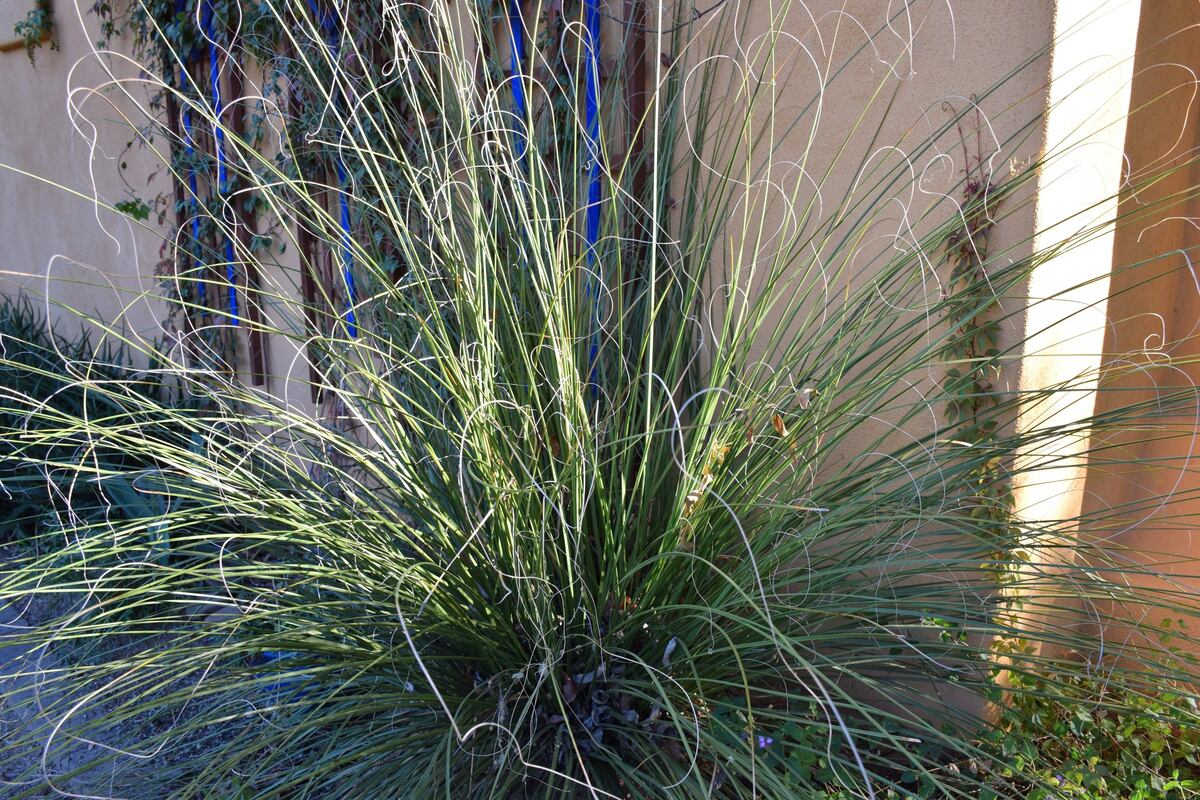
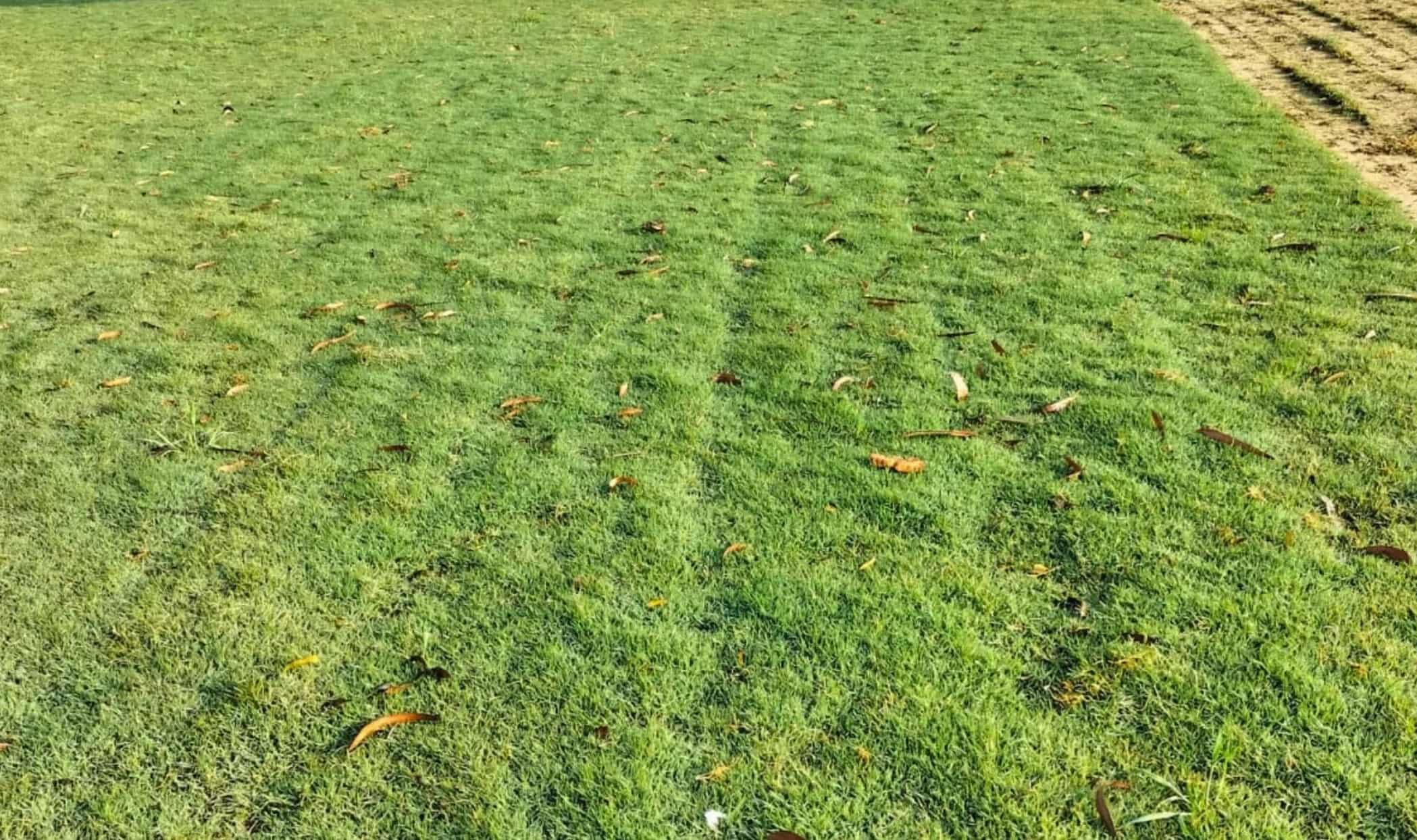
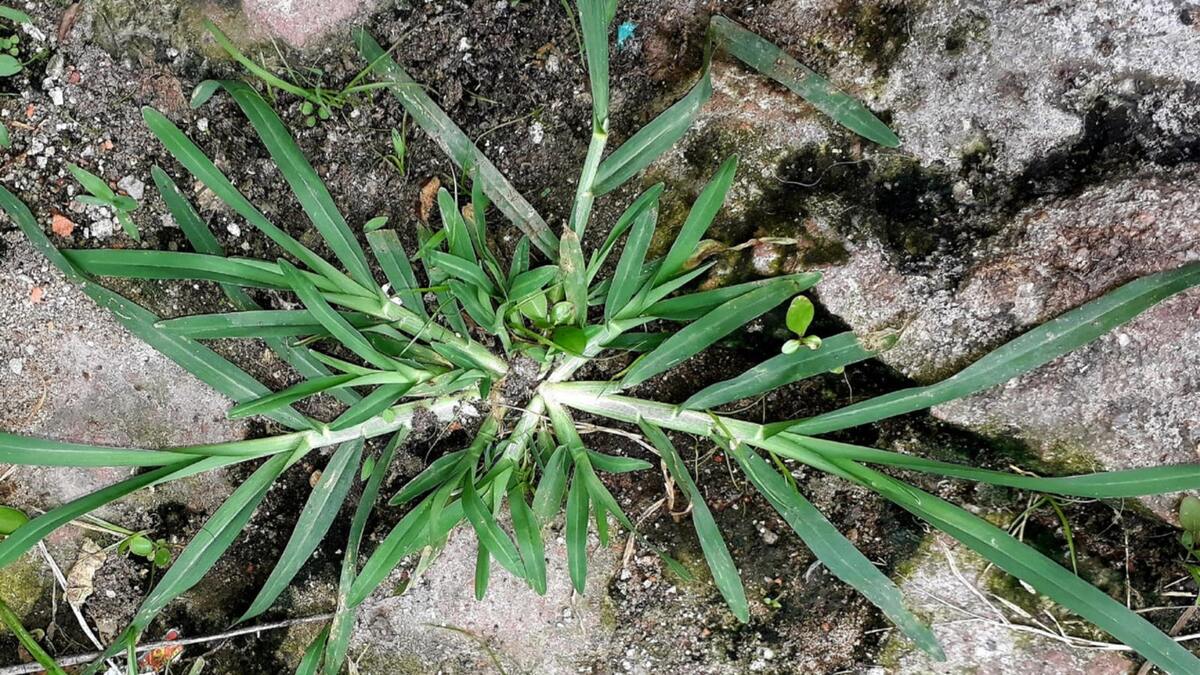
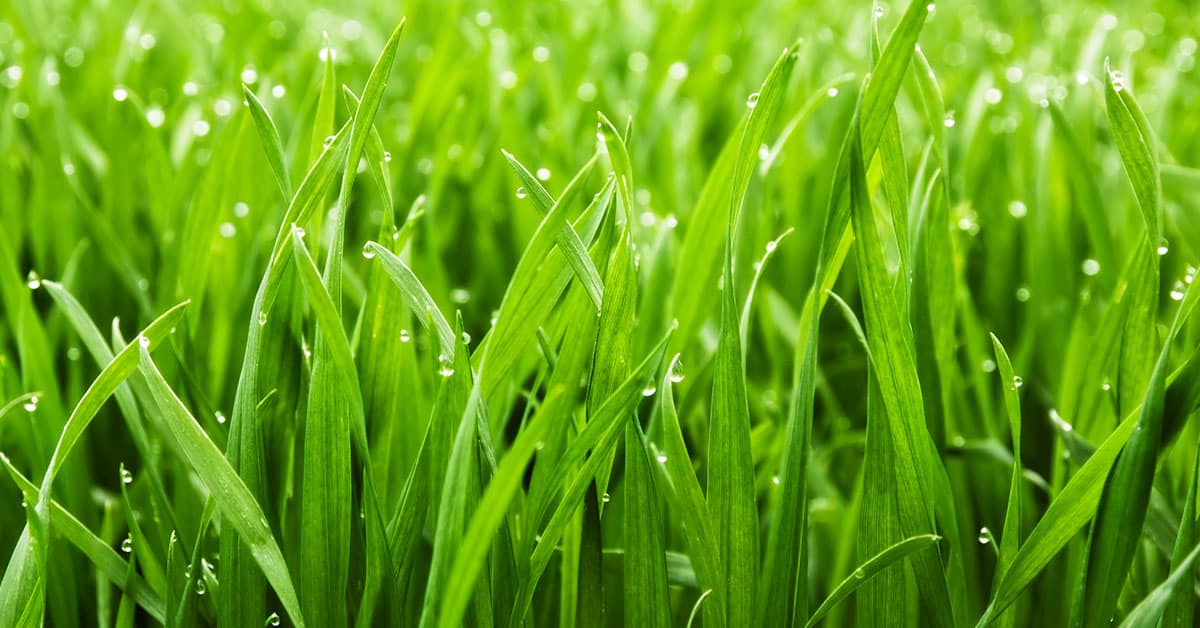
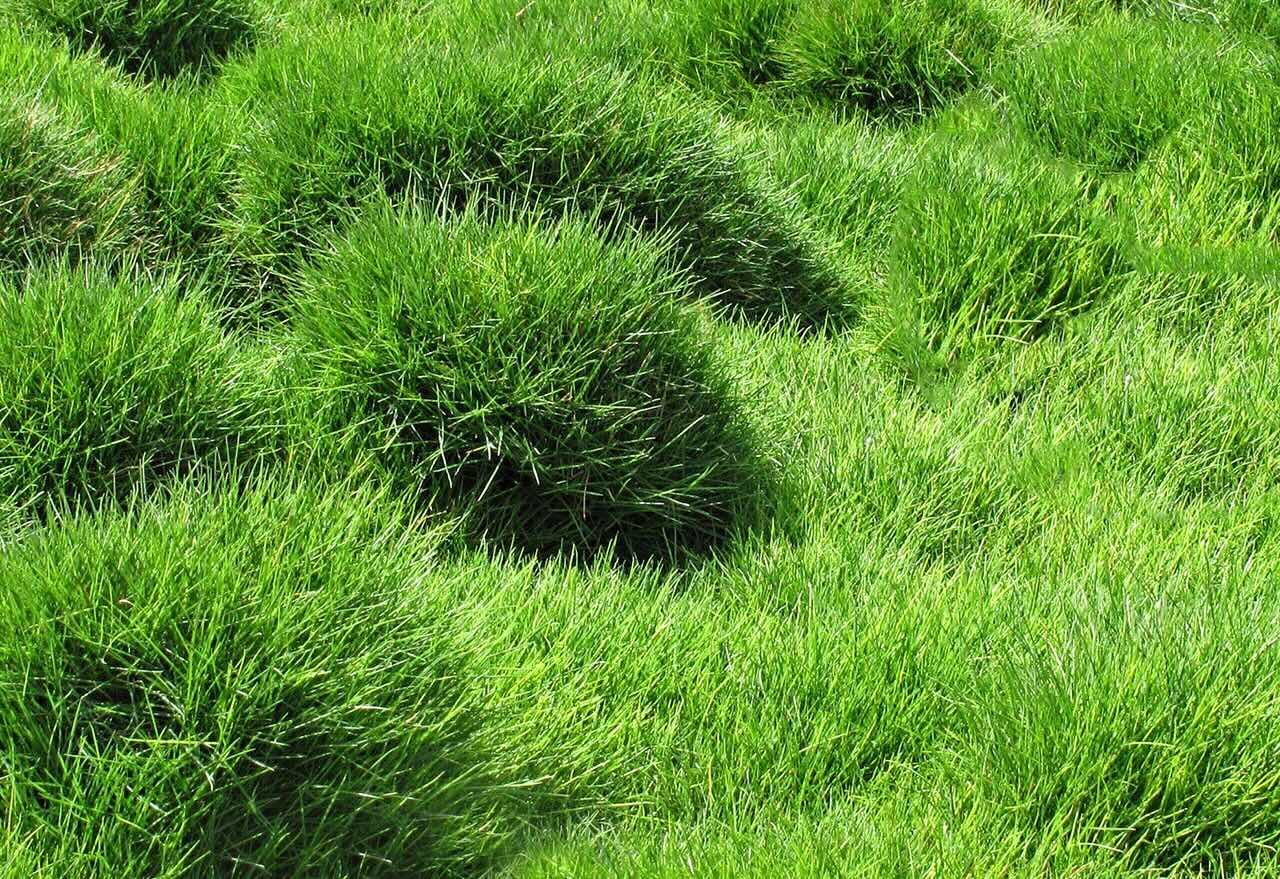

0 thoughts on “What Does Artificial Grass Look Like”